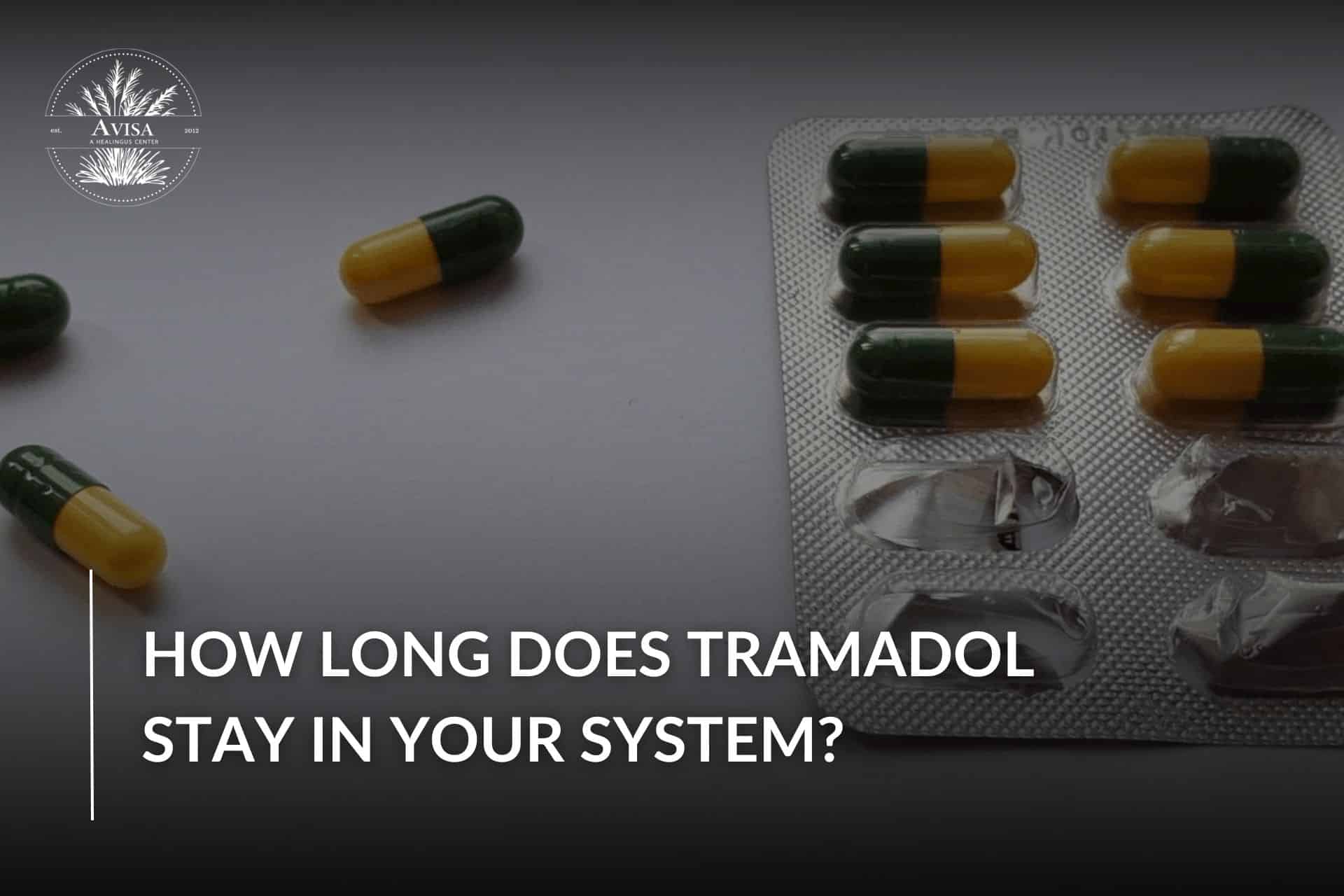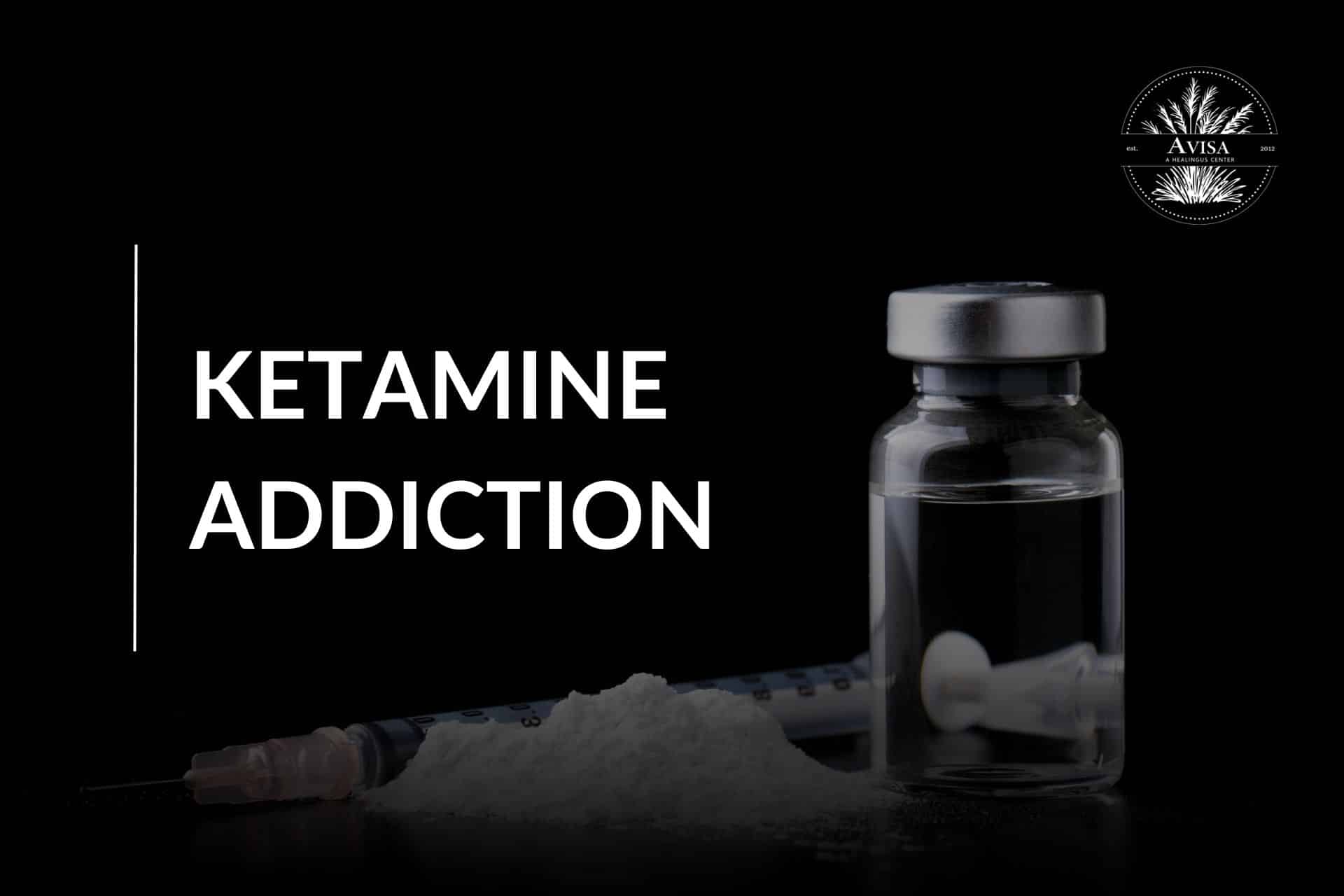Tramadol is a prescription pain medicine used to manage moderate to severe pain. While effective for pain relief, understanding how long tramadol stays in your system is crucial for various reasons.
Knowing how long tramadol stays in your system is crucial for several reasons. This can help you ensure proper spacing between doses and avoid potential side effects or interactions with other medications.
Understanding Tramadol
Tramadol is a prescription medication classified as an opioid analgesic.
Let’s break down what that means
- Opioid Analgesic: Opioids are a class of drugs derived from the opium poppy or synthetically created to mimic its effects. They primarily act on the central nervous system to reduce the perception of pain. “Analgesic” simply means pain reliever.
- Mechanism of Action: Tramadol works by attaching to opioid receptors in the brain and spinal cord, reducing pain signals sent to the brain. Additionally, it may also influence the levels of certain neurotransmitters, like serotonin and norepinephrine, further contributing to pain relief and mood regulation.
Medical Uses of Tramadol
Tramadol is prescribed to manage moderate to moderately severe pain. Some common conditions for which it might be used include:
- Post-surgical pain
- Pain from injuries (sprains, fractures)
- Chronic pain conditions (arthritis, back pain)
- Nerve pain
Important Considerations
While tramadol offers pain relief benefits, it’s crucial to be aware of its potential side effects and risks:
- Common Side Effects: These may include drowsiness, dizziness, nausea, vomiting, constipation, and headache.
- Serious Risks: At high doses or with prolonged use, tramadol can lead to dependence, addiction, seizures, and difficulty breathing.
- Interactions: Tramadol can interact with other medications, potentially increasing the risk of serious side effects. It’s essential to disclose all medications you’re taking to your doctor before starting tramadol.
Understanding tramadol’s effects and potential risks is vital for responsible use and informed decision-making about your pain management plan.
Factors Affecting Elimination
So, how long does tramadol stay in your system? The answer isn’t a simple one-size-fits-all. Several factors influence how quickly your body eliminates tramadol:
Tramadol’s Half-Life
- Half-Life Explained: This term refers to the time it takes for your body to eliminate half of the tramadol dose you ingested. For tramadol, the half-life is generally between 5-6 hours.
- Gradual Elimination: This means it takes multiple half-life cycles for your body to completely eliminate the medication. After the first half-life (around 5-6 hours), half of the dose remains. Then, another 5-6 hours pass, and half of the remaining amount is eliminated, and so on.
Individual Variations
While the half-life provides a general timeframe, several factors can influence how quickly your body eliminates tramadol:
- Metabolism: The activity of enzymes in your liver responsible for metabolizing (breaking down) tramadol can vary between individuals. Faster metabolism leads to quicker elimination.
- Age: Generally, younger individuals tend to eliminate medications faster than older adults.
- Weight: Body weight can also play a role, with higher body fat potentially leading to slower elimination.
- Kidney Function: The kidneys help eliminate waste products from the body, including tramadol metabolites. Impaired kidney function can slow down elimination.
- Liver Health: Liver health is crucial for metabolizing tramadol. Existing liver problems can significantly impact elimination.
- Other Medications: Certain medications can interact with tramadol metabolism, either speeding it up or slowing it down.
Understanding these factors and their potential impact on elimination highlights the importance of consulting your doctor for personalized guidance on tramadol use.
Detection Windows
While we explored how long tramadol stays in your system for elimination, a different timeframe comes into play when considering drug testing. This section dives into detection windows, which is the period during which a drug test can identify the presence of tramadol or its metabolites in your body.
Detection windows can vary depending on the type of drug test
- Urine: This is the most common and convenient test method for tramadol detection. Urine tests can typically detect tramadol for up to 4 days after your last dose.
- Blood: Blood tests offer a shorter detection window for tramadol, usually up to 35 hours after your last dose. This is because blood tests primarily detect the active tramadol itself, which is eliminated from the bloodstream faster than its metabolites.
- Saliva: Saliva tests have a very limited detection window for tramadol, typically only up to 48 hours after your last dose. Saliva tests are not always used for tramadol detection due to this short window.
- Hair: Hair follicle tests have the longest detection window for tramadol, potentially detecting use for up to 90 days after your last dose. Hair testing captures trace amounts of the drug deposited as hair grows. However, hair follicle tests are not commonly used for routine drug screening due to their cost and longer testing time.
Understanding Variations
The specific detection window within each test type can be influenced by the factors mentioned earlier, such as metabolism, weight, and kidney function. Additionally:
- Dosage and Frequency: Higher dosages and more frequent use of tramadol can lead to longer detection windows in all test types.
- Test Cut-off Levels: Drug tests have specific cut-off levels, which is the minimum concentration of a drug detectable by the test. Variations in cut-off levels can slightly influence the detection window.
Detection windows provide an estimate, not a guarantee. Consulting a healthcare professional for specific guidance on tramadol elimination and potential detection in drug tests is crucial.
Additional Considerations
While understanding detection windows is helpful, there are some additional factors to consider:
Dosage and Frequency Impact
Higher Doses, Longer Detection: The amount of tramadol you take and how often you take it can significantly impact the detection window. Higher doses and more frequent use will result in higher concentrations of tramadol and its metabolites in your system, potentially extending the detection window across all test types.
Detection Windows Don’t Equal Impairment:
It’s important to remember that a positive drug test result indicating the presence of tramadol doesn’t necessarily mean you are impaired. Detection windows can extend beyond the time tramadol actively affects your ability to function. Factors like dosage and individual tolerance play a role in impairment.
Here’s why detection windows are not a measure of impairment:
- Metabolites vs. Active Drug: Drug tests often detect tramadol’s metabolites, which are inactive byproducts of the body’s breakdown process. The presence of metabolites doesn’t directly indicate active tramadol affecting your central nervous system.
- Individual Variations: People metabolize and eliminate tramadol at different rates. Someone who shows a positive test result might not be impaired, while another person with a negative result could still be under the influence.
A positive drug test for tramadol should not be interpreted as sole evidence of impairment.
FAQs
Que: What is the elimination time of tramadol?
Ans: Tramadol is primarily metabolized through O- and N-demethylation, as well as conjugation reactions that produce glucuronides and sulfates. The drug and its metabolites are predominantly excreted by the kidneys. The average elimination half-life of tramadol is approximately 6 hours.
Que: How long does 50mg tramadol last?
Ans: Immediate-release tramadol typically provides effects lasting around 4 to 6 hours, whereas the extended-release version offers effects for approximately 12 to 24 hours. Common side effects of tramadol include headaches, nervousness, and anxiety.
Que: How long does it take to wash out tramadol?
Ans: According to excretion studies, the World Anti-Doping Agency (WADA) has determined that the washout period for tramadol is 24 hours. This is the time required after the last therapeutic dose for tramadol to be eliminated from your system to a level that should not result in a positive test, also known as an Adverse Analytical Finding.
Que: Can I take 2 tramadol 50mg at once?
Ans: Generally, the lowest effective pain-relieving dose should be taken. Typically, you should swallow one or two capsules at a time, no more frequently than every four hours. Do not exceed eight capsules in any 24-hour period unless instructed otherwise by your doctor.
Conclusion
Understanding how long does tramadol stays in your system is essential for the safe and responsible usage of this prescription medication. From metabolism rates to detection windows, various factors influence tramadol’s presence in your body and its potential detection in drug tests.
By being aware of tramadol’s half-life, individual variations in metabolism, and the differences in detection windows for various drug tests, you can make informed decisions about your pain management plan and ensure compliance with any testing requirements.
If you have any concerns or questions about tramadol usage, metabolism, or detection, schedule an appointment with your healthcare provider today.
Taking proactive steps toward understanding and managing your pain medication ensures your safety and well-being.











